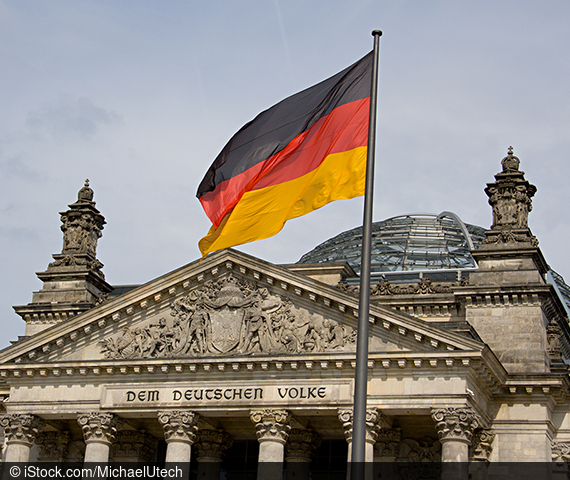Securing Long-Term Goals in the Federal Budget with a “Future Quota”
ResearchIn the coming years, public budgets in Germany will have to earmark considerable resources for long-term goals in the areas of climate, education and innovation policy. These are in competition for budgetary resources with policy areas that have an immediate benefit today and therefore enjoy strong political support. On behalf of the Federal Ministry of Education and Research, ZEW has now designed and calculated a “future quota” for the federal budget. This quota reflects the extent to which the budget provides funds for policies that will only generate benefits in the medium or long term. For 2019, which is the last federal budget before the pandemic, the study calculated that the “future quota” of the federal budget was at 18.3 per cent. ZEW recommends that such a quota be used as a compass for the budgets of the federal and state governments to counteract a budgetary present bias.
The study is based on the realisation that conventional investment quotas, which have been used primarily to assess the degree to which public budgets are forward-looking, are only of limited value. “The previous focus on tangible investments was too narrow to assess whether public spending was sufficiently oriented towards the future,” emphasises project leader Professor Friedrich Heinemann, head of the Research Department “Corporate Taxation and Public Finance” at ZEW Mannheim. Expenditure on personnel and consumables can also be forward-looking if, for example, it contributes to environmental policy, promotes innovation or sets children on a successful educational path. In order to be able to comprehensively assess the quota of such forward-looking expenditures in the federal budget, the study systematically categorises all items using various criteria and weights them accordingly.
The future quota as calculated in the study excludes items that have a clear focus on present benefits or even address past burdens. Examples include government transfers to the pension fund, pension payments or personnel costs, e.g. in the area of tax and customs administration. In contrast, items aimed at maintaining or improving physical, natural and human capital or technical knowledge are included in the quota. These expenses have a weighting of between 25 and 100 per cent. How high the weighting is depends on whether, for example, it takes a particularly long time for the benefits to unfold or whether the high effectiveness of the measures is clearly proven in scientific literature. Expenditures that meet such additional criteria are given a greater weight. For example, basic research programmes in the areas of climate and energy research or measures for early childhood development are given the maximum possible weight of 100 per cent. Furthermore, all investment expenditure is included in the future quota. However, investments that have no direct benefit for the future, as mentioned above, are only weighted at 50 per cent in the basic variant of the future quota.
Using this system, the ZEW research team examined the entire federal budgets for 2019 and 2021 and calculated various narrower and wider variants of the future quota. For the basic variant favoured by ZEW, the future quota for the 2019 budget is 18.3 per cent and falls to 17.0 per cent in 2021. In an alternative calculation of the quota, investment expenditure is weighted at 100 per cent regardless of its policy context. Naturally, this alternative calculation yields a higher quota, which would be 21.6 per cent for the 2021 budget. According to the researchers, this decline measured between 2019 and 2021 under the base variant is not surprising given the extensive pandemic recovery packages with transfers to households and businesses, as well as the high health care costs. Before 2019, however, the time series considered on education and research spending indicate that the federal budget has been increasingly forward-looking since the 2000s.
Whether this trend will continue in view of the foreseeable increase in federal spending on social security systems after the pandemic is uncertain. A regular calculation of the future quota could provide transparency. “No budget indicator is perfect, but with the future quota we can give parliaments a new helpful benchmark to comprehensively quantify the benefits for the next generation in budget spending,” Heinemann recommends. “Especially a new government that has set out to increasingly address the country’s future challenges must have its fiscal policy measured against such an indicator.” The innovative indicator is also suitable for making political declarations of intent more binding by setting specific target values for the future quota.

